If you had to choose three words to describe the Caribbean island of Aruba, what would they be? My three words would be; Warm, Colourful and Cosmopolitan.
Of course, you’d expect it to be warm, being in the Dutch Antilles and close to the coast of Venezuela. You’ll be welcomed with unfailing warmth too. Not for nothing has Aruba adopted the slogan of “One Happy Island’.
If you’re looking for things to do in Aruba, you’ll discover the houses painted blue, yellow, pistachio and pink, and the unexpected street art murals that we found in San Nicholas, created for the recent Aruba Art Fair.
This article may contain affiliate links that provide commission on purchases you make at no extra cost to you. As an Amazon Associate I earn from qualifying purchases.
This was my first visit to Aruba and I discovered an island that is well developed for tourism, with plenty of hotels and apartments concentrated along the sandy beaches west of Oranjestad and a sophisticated restaurant scene.
There’s also a cosmopolitan mix of cultures, with most locals speaking several languages; typically Dutch, English and Spanish as well as their own language of Papiamento.
Tourism is an important part of the island’s economy and visitors outnumber the locals. It took me a while to put my finger on what makes Aruba unique and different to its Caribbean neighbours.
Looking for what to do in Aruba, took me from designer shopping malls to the prickly beauty of Arikok National Park, from the white sand beaches of the south to the black volcanic rocks and crashing waves of the northern shore. Here are some of the favourite memories and experiences I took home from Aruba.
You may also enjoy: Discover the best Antigua beaches to enjoy on your Caribbean holiday
1. What to see in Aruba – The southern shore
Well you can’t come to the Caribbean without talking about the beaches. It’s the white sand beaches and all-year-round sunshine that keep visitors coming back, to escape the cold weather back home. While we were there, a hurricane was battering the Florida coast.
While Aruba had escaped with just some rain showers, storms out at sea had washed piles of seaweed onto the famous white beaches. Admittedly we weren’t seeing them at their best, but by the end of the week the beaches had been practically cleared of storm debris and were back to normal.
White sand beaches
One of the beach spots I enjoyed most was in front of the Moomba Beach Bar where we spent the afternoon paddleboarding and also had a delicious seafood lunch on the verandah restaurant at Nos Clubhuis. It’s part of Palm beach, a broad strip of sand, backed by hotels and apartments, with plenty of places to stop for a snack and drink and also a centre for watersports.
You may also enjoy: KAABOOCayman – A fabulous festival for music and luxury lovers in the Cayman Islands
Eagle Beach, right in front of the Amsterdam Manor Beach Resort where we were staying was another favourite, with two of the famous fofoti (also known as divi divi) trees growing on the beach, a popular spot for wedding photographs.
Since the beach was just across the road from the hotel, I was able to enjoy it at all times of the day, from the pastel pink sunrise to the golden sunset. As dusk fell, the hotel set out tables for its beach restaurant, Passions on the Beach, where we had an elegant dinner looking out to sea with the sand under our toes.
Baby Beach, close to San Nicholas is another popular beach, especially for families and there is hardly any development around the beach, but I found the view of the refinery in the distance somewhat detracted from its charm.
2. Aruba’s wild northern shore
My favourite beaches were actually on Aruba’s wild northern shore, where there is hardly any development at all. The waves here are pretty rough so it’s inadvisable to swim unless you take local advice or are there for the surfing.
You need a car, preferably a 4 wheel drive, to visit this part of the island but there are also plenty of jeep safaris that will take you around to see the beaches and main sites.
Our tour took us first to Ayo rock, a cluster of boulders that looks as if a giant dropped a random pile of rocks in the middle of the countryside. It’s free to enter the fenced enclosure that surrounds them and look at the cave paintings nearby.
Most visitors probably just stop to take their photo from a distance but there are trails that lead up through the boulders. I would have headed off from the group to explore them more fully but had a sudden ‘Picnic at Hanging Rock’ premonition that I might get lost wandering among them.
You may also enjoy: 20 fabulous things to do in St Lucia
We continued by car to the Bushiribana ruins of an old gold mine which you can climb up onto for a view over the sea. Gold was discovered here in 1824 and this was the site of the old smelting works built in 1872 but only in use for a decade before it fell into disrepair.
On the same stretch of coast is a rock arch known as the Natural Bridge, although the larger of the two arches collapsed in 2005, and I found the wild landscape and waves crashing on the shore more of an attraction than the sea arch itself.
3. Discover sophisticated restaurants in Aruba
As I love to try local flavours when I travel, I was impressed by Aruba’s varied and sophisticated restaurant scene. We were visiting during Eat Local restaurant week when many of the island’s restaurants have good value menus with lunch at a set price of $15 and dinner at $30 or $40.
I mainly chose the seafood options, with plenty of grilled fish such as Mahi Mahi served with Pan Bati, the local pancake style bread.
At Nos Clubhuis I loved my starter, a bowl of chunky ceviche and at Driftwood, decorated with fishing nets and driftwood, we would have been served the fish that we’d caught while deep sea fishing, but sadly we came back from that fishing trip empty handed.
You may also enjoy: 30 fun things to do in Antigua – best beaches, heritage, food and more!
Local eateries with character
While there were plenty of different eating options in Oranjestad and Palm Beach, one place that stuck out for the local character with Charlie’s Bar in San Nicolas. The bar had been run by three generations of Charlies.
It is stuffed full of paintings, memorabilia and bric-a-brac, much of it contributed by customers over the years. They serve an excellent plate of giant shrimp for lunch.
For elegant poolside ambiance, we ate at White Modern Cuisine (now closed), situated in the Gold Coast Clubhouse. Here the chef uses local seafood but incorporates Asian flavours in some of the dishes.
For healthy daytime snacks we stopped at CRAFT at Palm Beach where the coffee was excellent, I ordered a fruit bowl as a late breakfast after our yoga session. At Garden Fresh Cafe, I had an Asian Delight wrap and Blueberry Booster smoothie for lunch. I could practically feel the pounds falling off my waistline as I walked through the door.

Breakfast at the Huchada Bakery
Finally if you need a place to stop for breakfast, or a snack as you drive around the island, I’d highly recommend the Huchada Bakery in Santa Cruz. With yellow walls and blue painted shutters it has the ambiance of a traditional Aruban house. They serve the tasty Aruban breakfast snack of pastechi (filled pastries), as well as coffee and fresh juices.
4. The coloured houses of Aruba
As we drove around the island I noticed how each Aruba house was painted in bright colours. Yellow and blue were especially popular but I saw many other rainbow shades.
On our final evening we had the pleasure of dining with a local family who showed us around their traditional style house. At the front of a typical Aruba house, runs a long room that is used to greet guests.
The family living room and bedrooms are behind this in the main part of the house. The back or front of the house is normally oriented towards the prevailing winds. This creates natural air conditioning as the wind can circulate from one side to the other.
You may also enjoy: Grenada Chocolate Festival and 10 things to do in Grenada for chocolate lovers
In Oranjestad much of the architecture is modern but there are a few older houses painted in vivid colours. Ornate plasterwork decorates the windows and doors.
I enjoyed walking along the road beside Fort Zoutman and into the main shopping area behind the Renaissance Mall Here the Dutch colonial style had been used above the shops in pretty pastel shades.
5. History and culture around Oranjestad in Aruba
While in Oranjestad, it’s worth looking beyond the branded fashion stores to discover something of Aruba’s history. The Archaeological Museum is housed in a most photogenic set of old buildings, built in the late 19th century. It’s free so worth popping in.
You’ll explore the melting pot of nationalities that went to make Aruban society. Learn about Amerindian to Spanish colonisation, overlaid with Dutch and English trading influences.
Also in the centre of Oranjestad, on a street that once formed the original waterfront, is the Historical Museum, housed in Fort Zoutman. The fortress was built in 1796 for defence against English attack. The tower was added in 1868 as a lighthouse, later becoming a clocktower.
We attended an evening display of music and dancing called the Bon Boni festival which is held here weekly. I enjoyed the museum’s exhibition about traditional weaving which changes a couple of times a year. Did you know that the weaving of straw hats was an important source of income for many families in the past?
On show were colourful artworks inspired by the theme of weaving by contemporary local artists like Vanessa Paulina who we later met in San Nicholas.
6. Street art in Aruba at San Nicholas
Further down the coast from Oranjestad is San Nicholas, Aruba’s second largest town with the island’s oil refinery. If you’re looking for a more authentic Caribbean vibe you’ll find it here.
Since the oil refinery closed in 2009, there’s also a feeling of a place that has seen better days. One thing that is putting San Nicholas on the map again is the street-art that covers many of the buildings. Much of this is as a result of this year’s Aruba Art Fair.
We met with artist Vanessa Paulina who has been commissioned to create a mural on one of the buildings. Vanessa took us into the art centre for a painting workshop. I chatted to Tito Bolivar, the Aruba Art Fair organiser and owner of the ArtisA Gallery (stands for Art is Aruba). Tito explained that the project which took place for the first time in September 2016.
Local and international artists are invited to work on the murals. The three day festival included stalls for local artists to sell their work, an exhibition in the art gallery. There was a music and dance festival and a culinary competition where teams of chefs created an original desert inspired by a piece of art.
Being from Bristol, where Street Art is a big deal I really loved all the fabulous murals around the town. I would definitely recommend visiting San Nicholas to see them for yourself. While in San Nicholas, you might also consider popping into Charlie’s Bar for lunch, for even more local colour.
7. Watersports in Aruba – get active on the water
If you enjoy watersports you’ll find no shortage in Aruba. The first thing I spotted when we arrived on Moomba beach was someone being shot scarily high above the water on a Jetpack attached to the Jetski.
We were there to try our hand at paddleboarding, a first for me, under the expert instruction of Denis from Aruba Surf & Paddleschool. Dennis showed us how to start by kneeling on the board. We were then to slowly stand up while keeping our balance to avoid an undignified dunking.
The paddling and balancing required a surprising amount of core strength! I’m sure that if I did it long enough my body would become lean and toned like all those bikini girls in the brochures. For now I was just concerned about not falling in. I managed to make it a decent way out before turning back towards the safety of the beach.
We also tried deep sea fishing while we were in Aruba. The idea of spending an hour or two catching our dinner sounded like a good one in theory. However, I have to admit that it was not my favourite activity. The constant swell made me feel queazy and I spent most of my time hardly daring to move from the back of the boat.
Much more pleasurable was the early morning yoga session on the beach with the graceful Maria from Cacao Yoga. While I was useless at the yoga poses I did enjoy gazing alternately through the leafy branches above us or out to the ocean beyond.
8. Tasting the edible plants of Aruba
One of the highlights of my week on Aruba was meeting Frank Kelly, a.k.a. Taki the Forager. We found him on one of the wild north coast beaches.
He offered a deliciously refreshing cocktail made of avocado and basil topped up with sugar, water and a splash of lime – and of course an optional slug of rum.
Cactus tempura is one of Frank’s specialities, but for us he produced a colourful basket of Aruba plants and flowers picked locally, to tickle our taste buds.
We munched and sniffed our way through a selection of flowers including peppery moringa which can be used to make a super-food smoothie. Fragrant kawara was used back-in-the-day to perfume your house. Frangipani could be used to give champagne a fragrant kick.
As well as sharing the foraging skill that he learned from his grandparents, Frank is a graffiti artist and bodyboarder. He also creates cool pop-up events on Aruba and Bonaire.
“I like to be unplugged” he told us, admitting that he barely used any social media to promote his talents. ” I like to stay close to nature, to go barefoot and just have enough for the day.”
As if to prove the point, Frank plunged into the crashing waves and returned to the beach minutes later with three different kinds of seaweed. He displayed the Dulce and Agar that’s used as an alternative to to gelatine.
If you’re visiting Aruba and want to book a foraging session with Frank, he can be contacted through his Instagram page – search for Taki Aruba.
The healing Aloe Vera plant
Aruba is also a big grower of Aloe Vera, known for its healing and cooling properties. You’ll see the spiky plants all around the island. If you snap off one of the fleshy leaves, they ooze a yellow sap that is used for healing on wounds and burns.
Look out for the Aruba Aloe shops around the island that sell a range of Aloe based lotions and cosmetics. You can visit the Aloe Vera factory and museum for a fascinating insight on how the plant is used.
9. Hiking in Aruba – in the Arikok National Park
For my visit to the Arikok National Park in the north-east corner of the island, I had to be up early before the heat of the day became too much. I was met by my enthusiastic guide, Stanson at the large visitor centre. I viewed exhibits and information about the flora and fauna to be found in the park.
Stanson took me along the Cucucu Arikok circular trail, a well marked gravel path bordered by stones. It meandered through a landscape of spiky cactus and thorny trees. To be honest, it would have been difficult to get lost on my own.
Stanson’s knowledge and enthusiasm about the Aruba plants and trees was infectious. Without him I’d never have spotted the edible pink berry hidden in the top of a small, round cactus. I wouldn’t have learned about the tree that bears fruit after a rainstorm, making it a magnet for giant iguanas.
Mysterious cave paintings
Along the path we passed overhanging rocks with native cave paintings of iguanas and birds. These were thought to be painted by Shaman, while in a trance connecting with the spirit world.
At the furthest end of the path before we circled back was a white adobe house, a recreation of an old Aruban dwelling. It had been preserved to show the construction techniques and way of living.
A bat flitted over our heads, nesting in the rafters, which Stanson explained would provide a pollination service for the plants on Aruba.
You may also enjoy: Waterfalls, Volcanoes and Hiking in St Lucia
While our two hour walk was undemanding, there are plenty of more challenging trails in the park. Some require climbing and abseiling to complete.
If we’d had more time I’d have loved to have continued along the trail to the coast. There’s a large natural pool enclosed by rocks, locally known as Conchi, where you can swim.
10. Hotels in Aruba – Amsterdam Manor Beach Resort
During my week in Aruba, I stayed at the Amsterdam Manor Beach Resort, a delightful hotel that’s just across the road from Eagle Beach. The hotel is family owned and was built 25 years ago.
It was designed in traditional style with Dutch gables, painted in the warm yellow that you see everywhere on Aruban buildings. I was extremely comfortable, sharing a suite with two bedrooms and a first floor balcony looking towards the sea.
My room was furnished in traditional Caribbean style with dark wood furniture, brightly coloured walls and citrus shades of lime, lemon and tangerine.
The outside areas of the hotel were beautifully maintained with paved areas, trees and immaculate planting. There’s a welcoming pool area and the shady Mango restaurant, where we had breakfast.
The hotel is ideal for couples who want to relax by the pool or on the beach. This is a well located base for exploring Oranjestad and all the other sights of Aruba.
A romantic wedding setting
The staff could not have been more friendly and helpful. They even have a dedicated Romance Co-ordinator to help you organise your beach wedding or celebration event. The Fofoti trees opposite the hotel are a favourite for wedding photos.
Passions on the Beach restaurant where we ate one evening is an incredibly romantic setting to have a cocktail and dinner as the sun sets over the ocean.
For more information, visit the Amsterdam Manor Beach resort website. Address: J.E. Irausquin Blvd. 252, P.O. Box 1302, Oranjestad, Aruba.
I recommend visiting Aruba for the warmth of the all year round sunshine and the safe and friendly atmosphere. You’ll enjoy the island’s Caribbean colour, vibrant painted buildings, the creativity and street art of San Nicholas.
Taste your way through the cosmopolitan food scene with fabulous local seafood and international flavours with a mix of cultural influences. As our yoga teacher Maria told us, “Whatever kind of holiday you want, whatever kind of life you want to live, you can find it on Aruba”.
Visitor Information about Aruba
For more information to plan your holiday in Aruba, visit the Aruba Tourism Website.
More articles from the Caribbean
Travel with Kat: Welcome to Aruba – One Happy Island
A Stylish Guide to St Kitts
Hiking in Aruba: Exploring Arikok National Park
Pin It
Thanks to Aruba Tourism for hosting* my week’s stay in Aruba to discover the island.
* More info on my policies page
This article is originally published at Heatheronhertravels.com


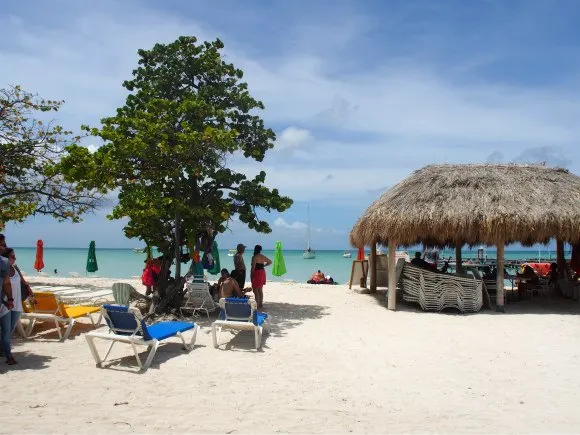
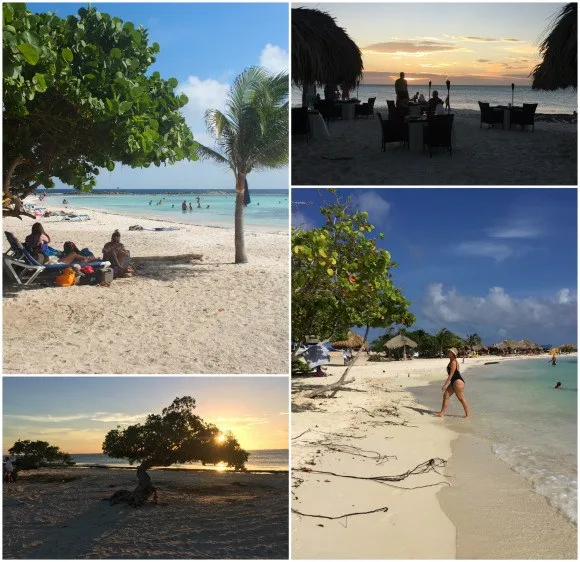
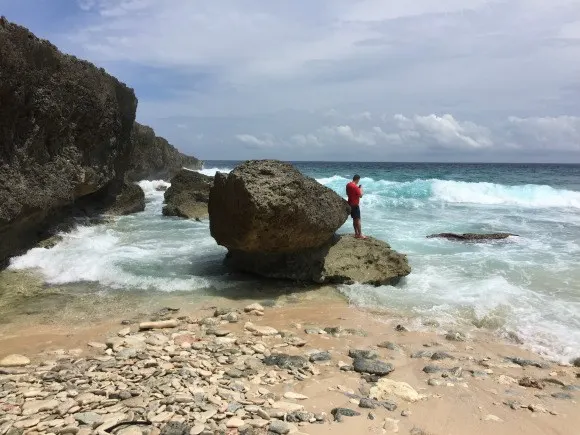
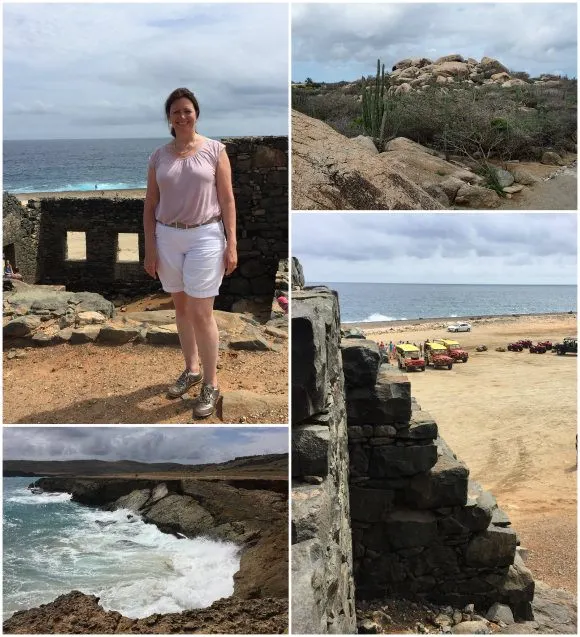
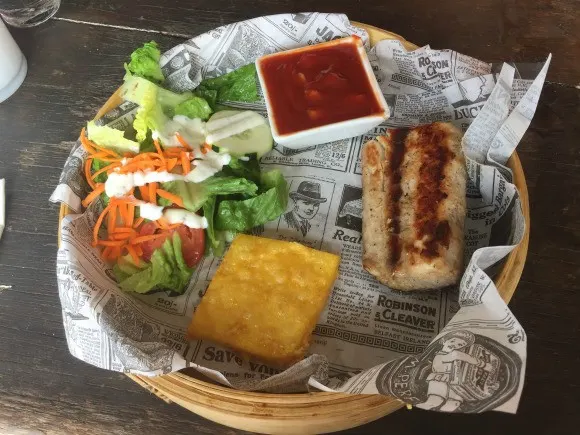
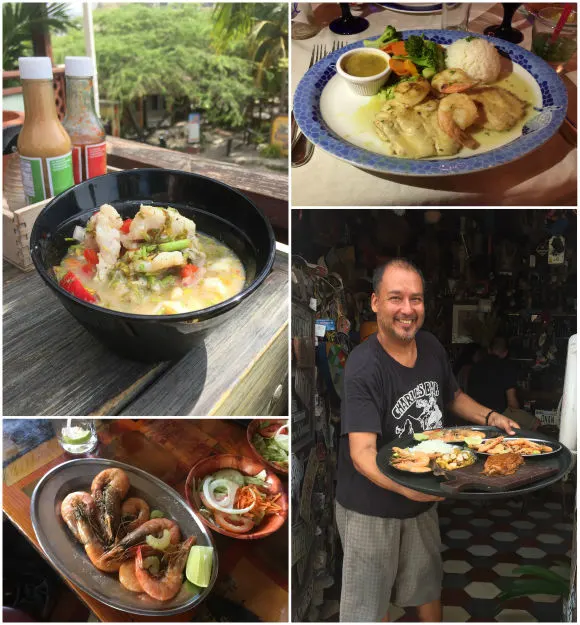
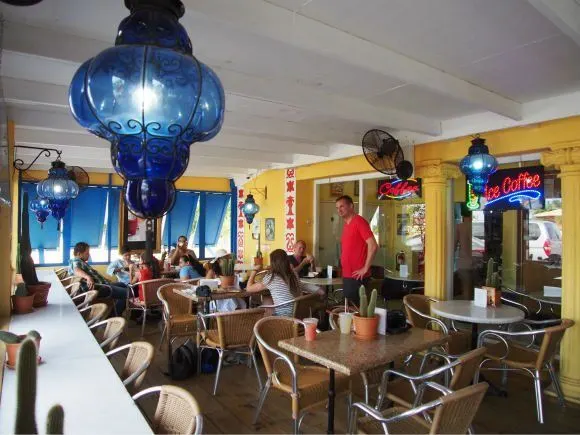
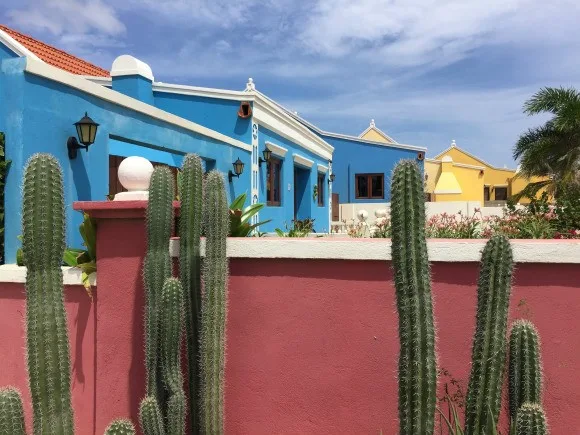
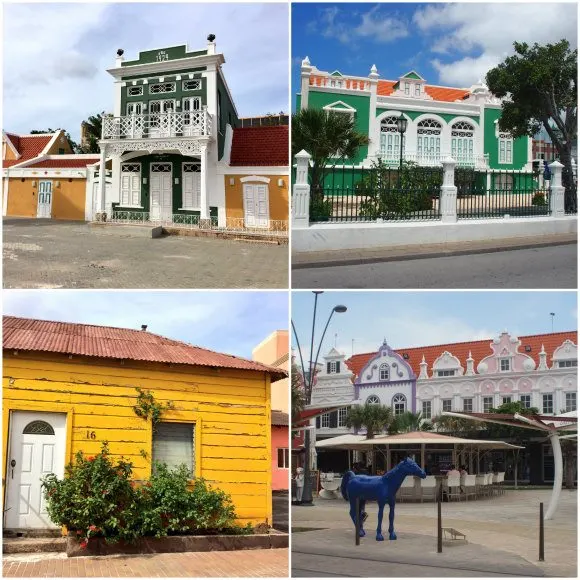
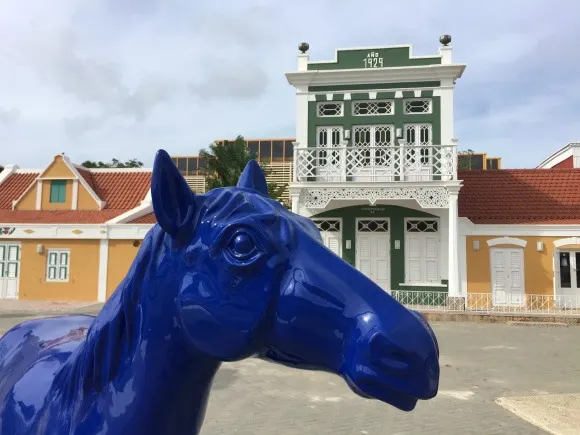
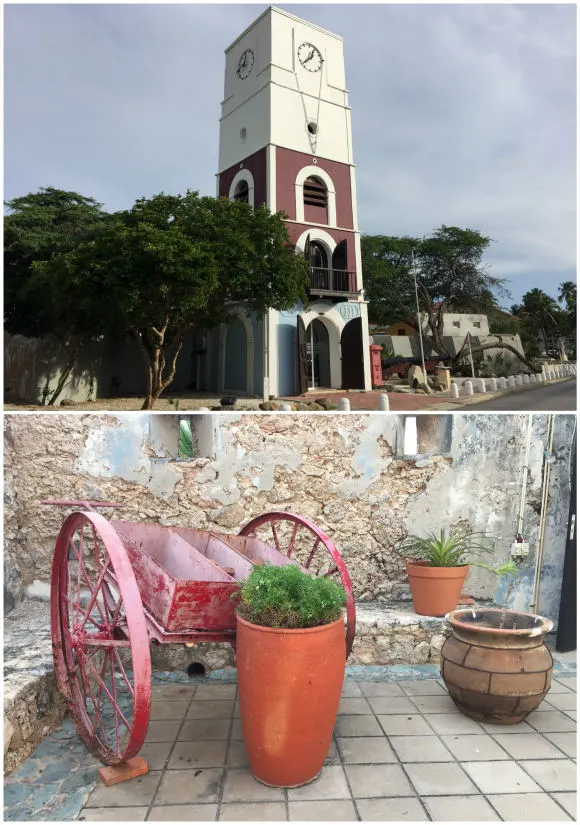
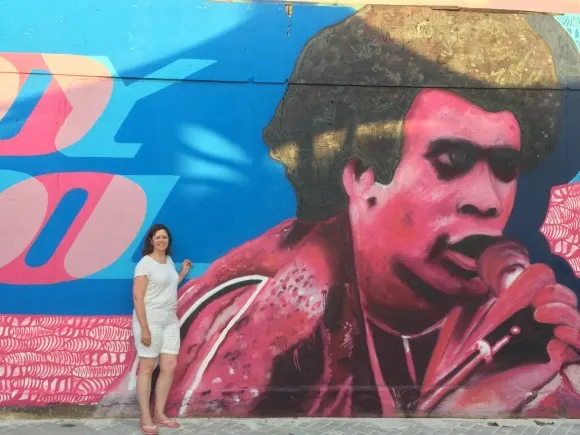
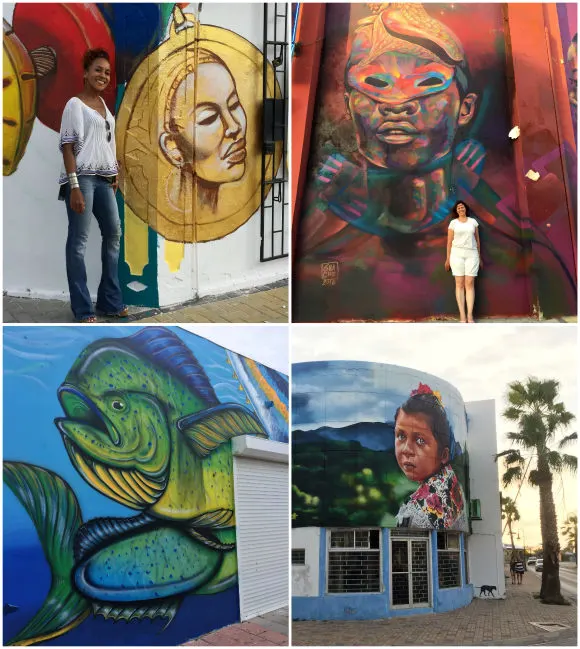
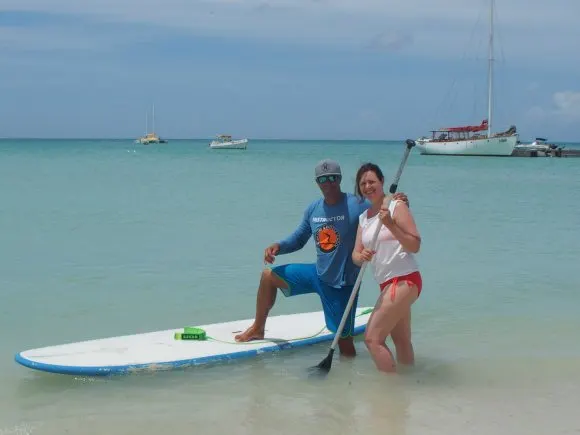
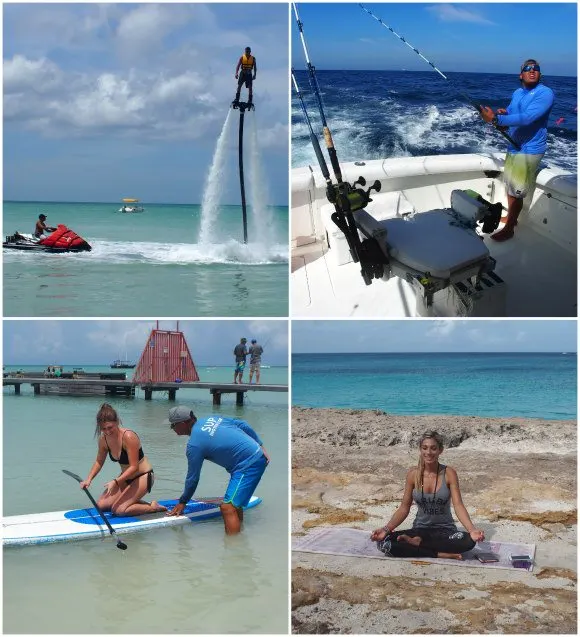
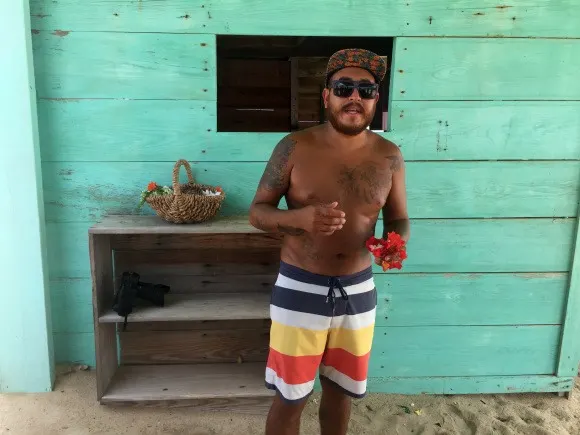
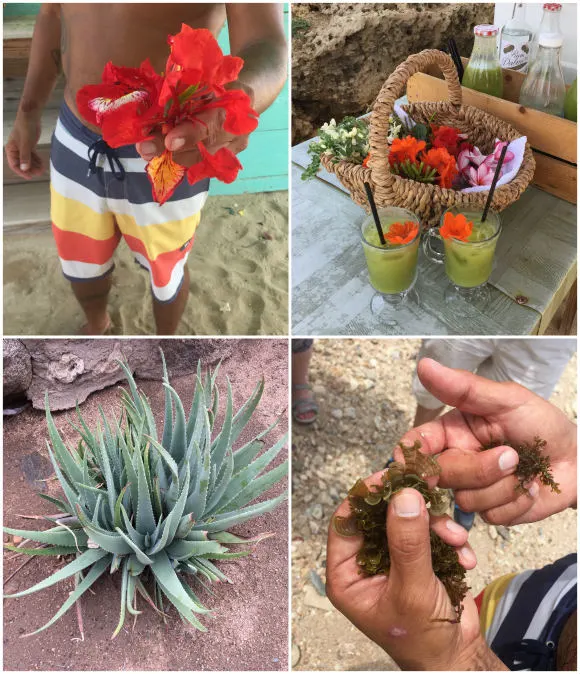
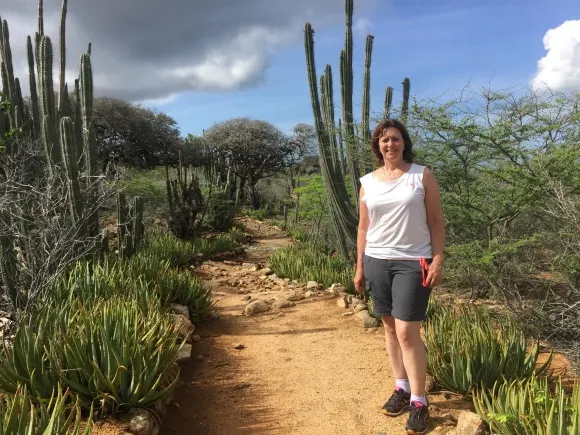
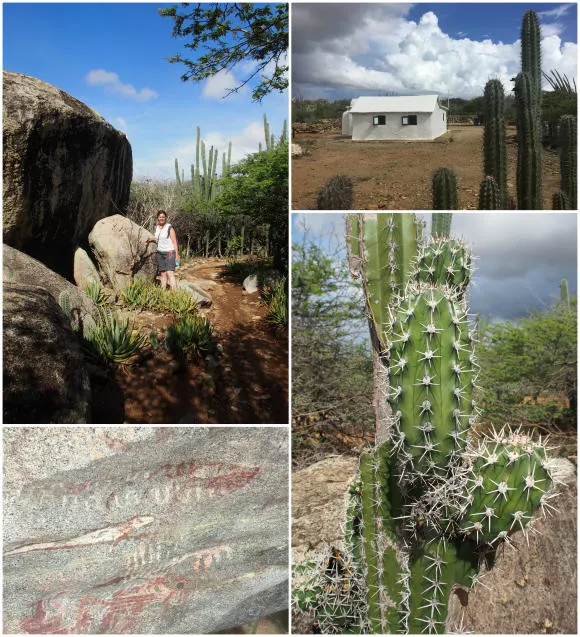
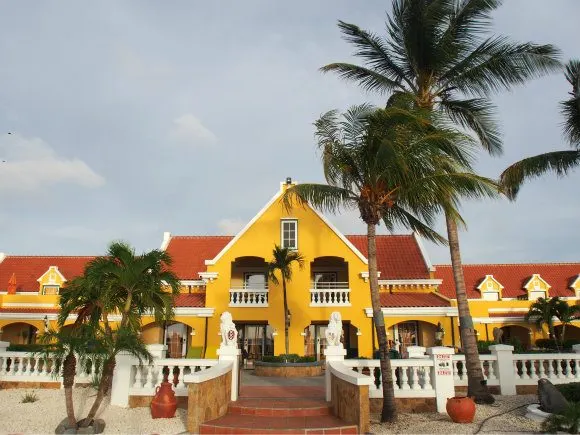
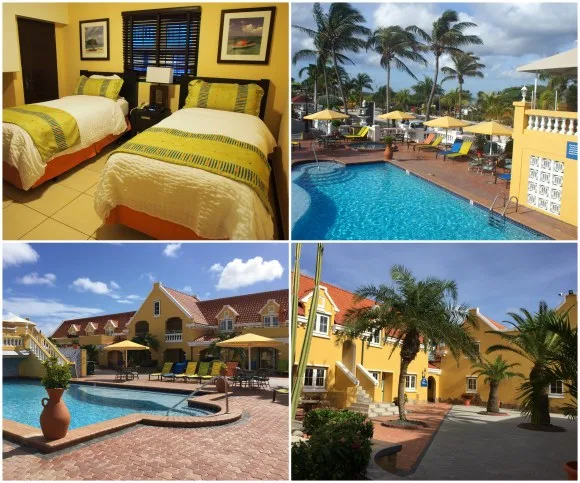
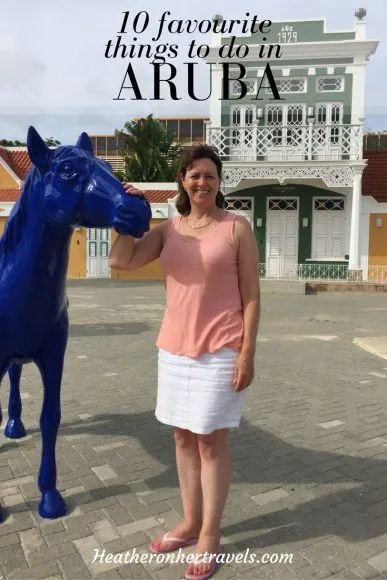

Willerd Sánchez
Monday 15th of July 2019
Excellent post, it looks like it was an interesting experience.
I have been living in Aruba for 4 years and I have no regrets; Waking up every morning watching the sea, with the sound of the waves and with a very good climate, is priceless!
Jossus Travelpics
Saturday 21st of April 2018
Aruba is such a fantastic island. I fell in love with Oranjestad, Arikok and Eagle Beach.
Heather Cowper
Saturday 28th of April 2018
@Jossus - I loved Aruba - could do with a topup of sunshine right now!
Rob @ Money Nomad
Thursday 10th of November 2016
Great post! And I love Aruba. My favorite activities are certainly the diving. In fact, this is where I got certified.
Thanks for the reminder of how amazing this country is and awesome blog!
Keep it up.
Heather Cowper
Thursday 10th of November 2016
@Rob - thanks I'm not a diver but I can imagine it's a great place to dive
Lana Haden
Sunday 6th of November 2016
I am traveling to Aruba next March 24, 2017 to oranjestad, Aruba. What should I go see when I tour Aruba?
Heather Cowper
Sunday 6th of November 2016
@Lana There's plenty of shopping in Oranjestad and a few of the historical sites and museums. If you want to get to the beach, Eagle Beach is a nice one that's easy to get to by taxi. I'd recommend taking a tour of the north of the island which is very beautiful and unspoiled. In my article I include a lot of different options and links for information so hopefully you will find something to suit you.